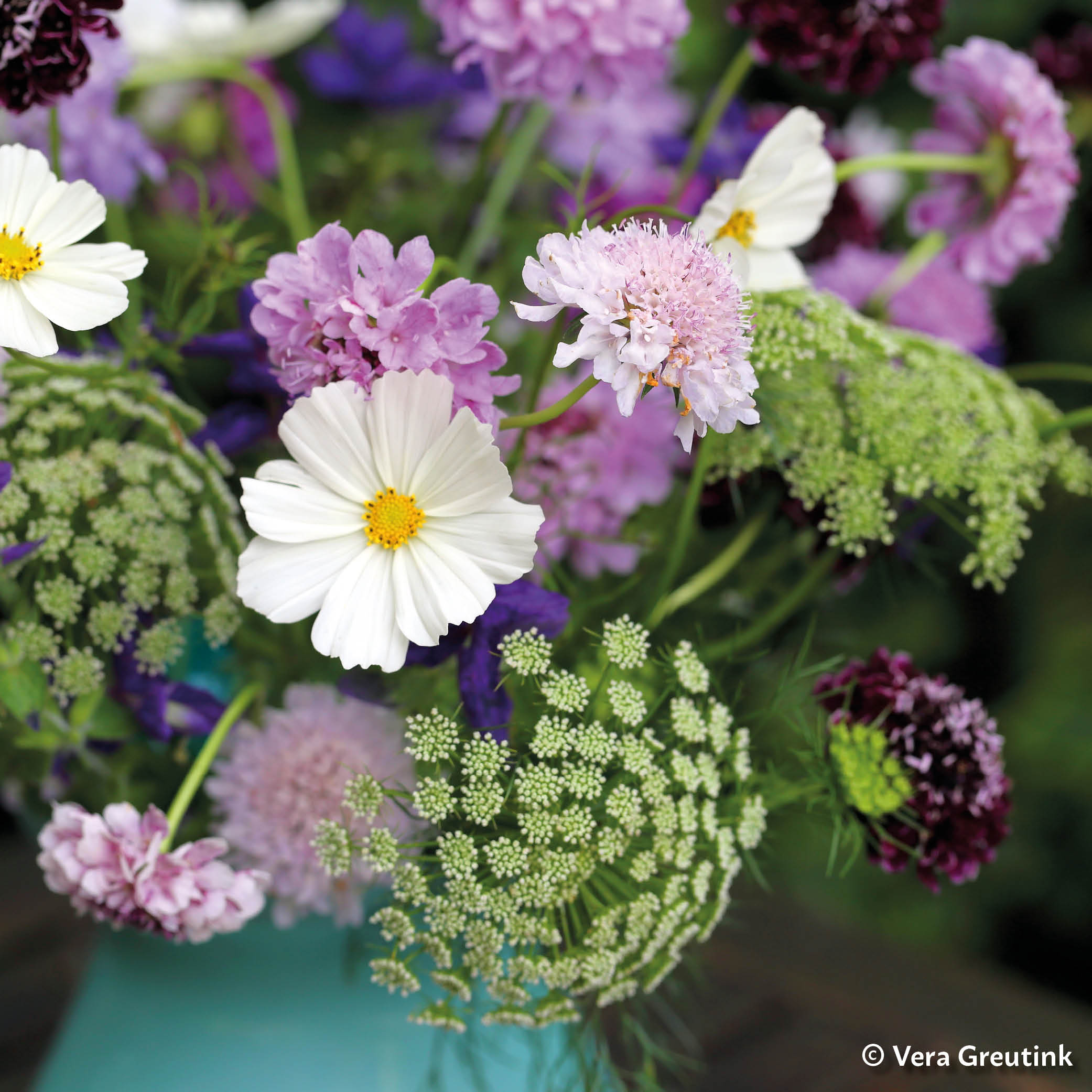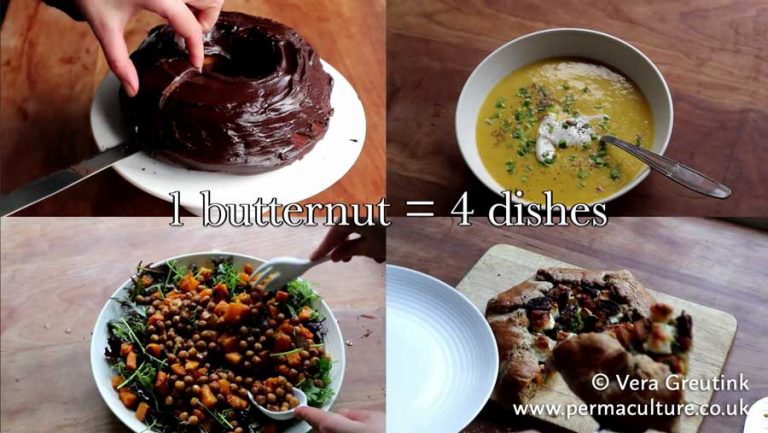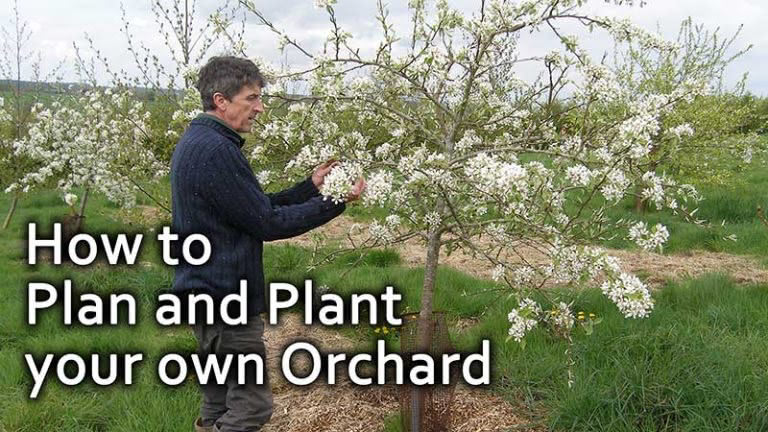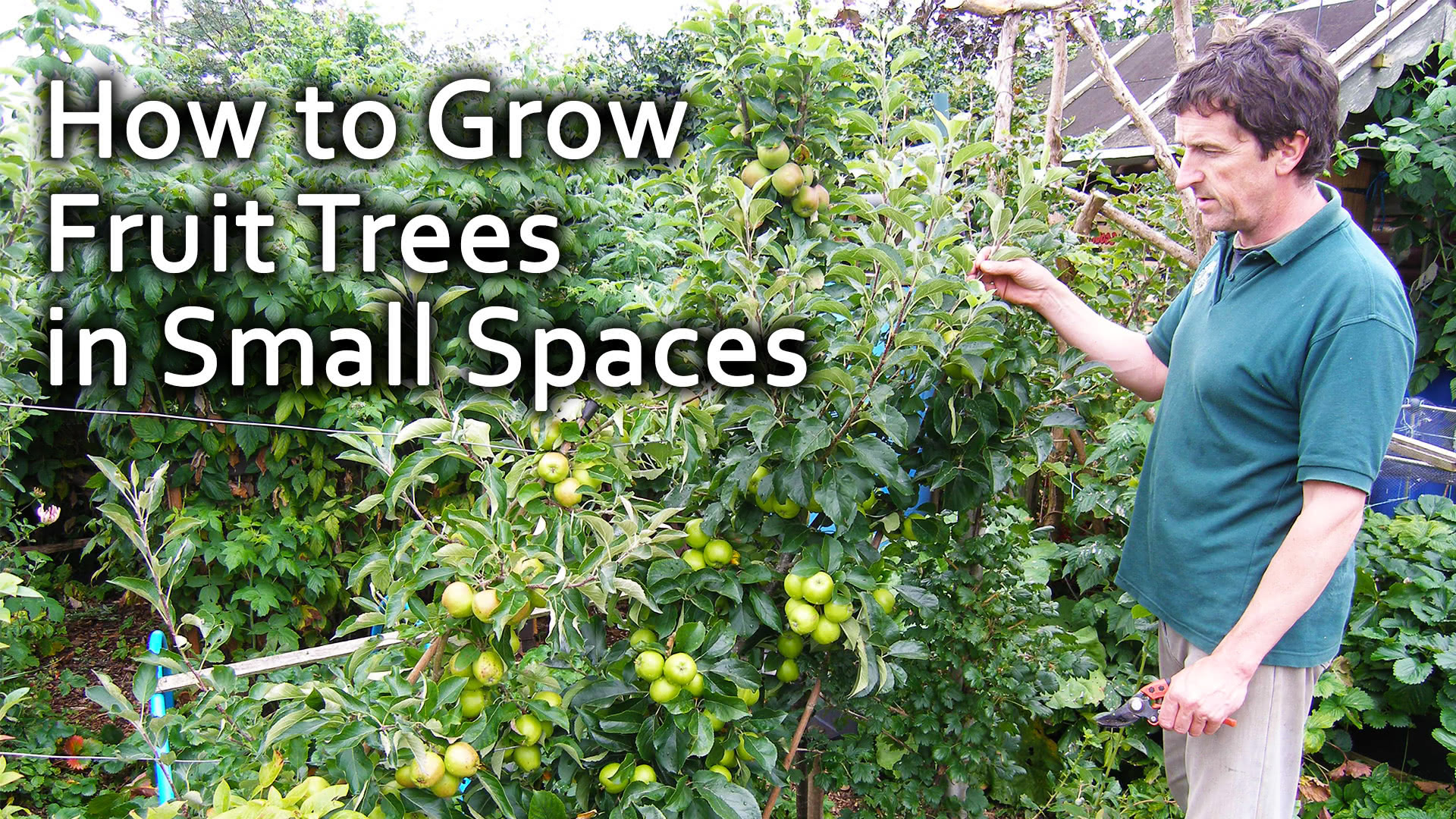The natural repellent nature of garlic makes it a perfect tool for keeping pests off plants. Garlic water is simple to make and easy to administer. It can be used on vegetables or on flowering plants. This simple to make garlic tonic works well for pests such as aphids, but gardeners who are concerned about harmful chemicals can kick up the benefits of garlic water for plants by simply adjusting the ingredient list. Below are several recipes that can help dispel the vermin and pests from your garden. The heavy garlic smell dissipates quickly but is active enough to keep bugs away. Even organic vegetables should be washed before eating, so make that a habit.
Moles and voles leave a shallow tunnel near the surface of the ground because they are looking for roots to nibble on. Often the sign of a mole in the garden is a wilted plant that when pulled has significant root damage. Using garlic to combat mole, voles and gophers is a positive and non-toxic way to keep nibbling pests out of the garden.
To prepare: Use whole or crushed garlic and place directly into their tunnels. The odor of garlic is very strong to their sensitive nose and this will encourage them abandon the area. Garlic plants also work as a great deterrent so planting garlic as a companion plant is helpful to eliminate a mole or vole problem before it even begins. Using garlic water for plants can also work as a tonic that seeps into the soil and disrupts the harmful denizens that may abide there. Gophers, moles and voles will avoid digging in dirt that is treated with garlic water. The recipe for garlic water is located at the bottom of the page.
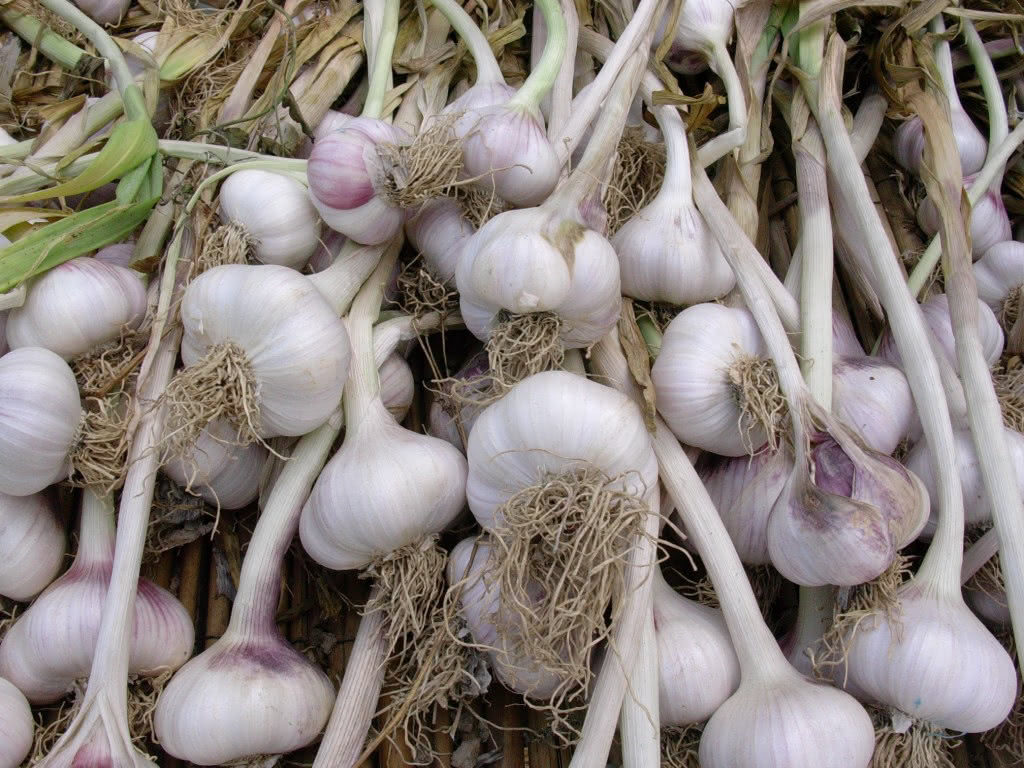
Aphids, stink bugs and harlequin cabbage bugs can really destroy crops around the garden. To help keep pests off plants use a spritzer bottle and garlic water to douse plants before or during an infestation. Garlic has many positive properties that bugs (and some people) do not like. Garlic water is an easy and simple way to rid your plants of pests without using harmful chemicals that may be toxic or may leech into the ground water.
Organic gardening is about using natural products to produce food that is chemical free. Using garlic water is a great way to maximise crop production without relying on chemicals.
6 cloves of garlic peeled and sliced fine
2 quarts of tap water or purified water
1 tbsp natural soap (castile is a good brand)
1 spritzer bottle
1 mason jar with lid ( recycled jar works fine too)
In a saucepan, warm water until it begins to steam. Add sliced garlic and maintain temperature for 20 minutes. Allow water to cool, remove garlic from water and discard (compost.) Add soap to spritzer bottle. Using a funnel add enough water to fill the spritzer bottle almost full but leave at least 1/2 inch of room. Put the lid on the spritzer bottle and shake slightly when ready to use. Spray plants early in the morning or in the evening time after the hottest part of the day has past. Several applications may be needed. Avoid using the spray on hot days as the liquid and sunlight may burn the plants. Extra liquid can be stored in the jar in the fridge for up to two weeks.
6 cloves of garlic peeled and sliced fine
2 hot peppers chopped fine
2 quarts of tap water or purified water
1 tbsp natural soap (castile is a good brand)
1 spritzer bottle
1 mason jar with lid ( recycled jar works fine too)
In a saucepan, warm water until it begins to steam. Add sliced garlic and hot peppers and maintain temperature for 20 minutes. Allow water to cool, remove garlic and peppers from water (strain if needed) and discard (compost.) Add soap to spritzer bottle. Using a funnel add enough water to fill the spritzer bottle almost full but leave at least 1/2 inch of room. Put the lid on the spritzer bottle and shake slightly when ready to use. Spray plants early in the morning or in the evening time after the hottest part of the day has past. Several applications may be needed. Avoid using the spray on hot days as the liquid and sunlight may burn the plants. Store excess liquid in the mason jar with a lid on it. Water can be stored in the fridge for up to two weeks. Wear gloves and goggles when using this spray it can cause blister on sensitive skin and cause significant eye damage if you should get it in your eyes. Wash hands thoroughly when finished. KEEP OUT OF REACH OF CHILDREN.
Using natural insecticides is a positive and beneficial way to grow a healthy garden and take care of the environment. In the 1950s, DDT was very popular as an insecticide and was sold over the counter. The result was cancer and DDT was removed from the market. Chemicals that are safe today may not be safe tomorrow. Do yourself the favour and avoid them. These natural insecticides work well and help to alleviate many garden pests.
For more information visit: http://davenmidtown.hubpages.com/hub/Garlic-Water-For-Plants#
